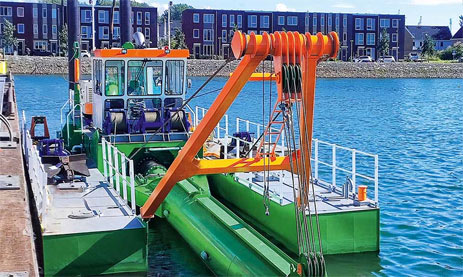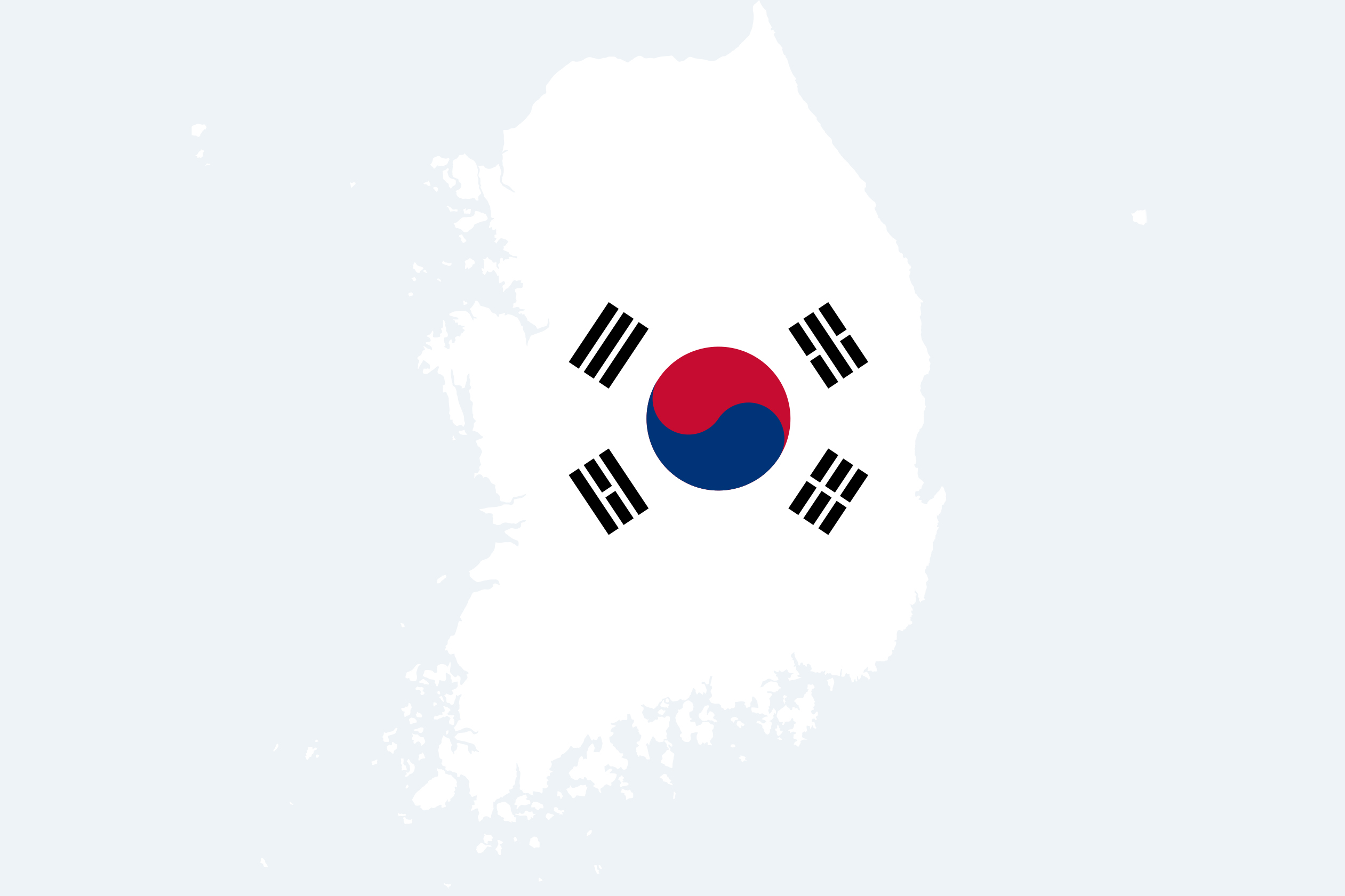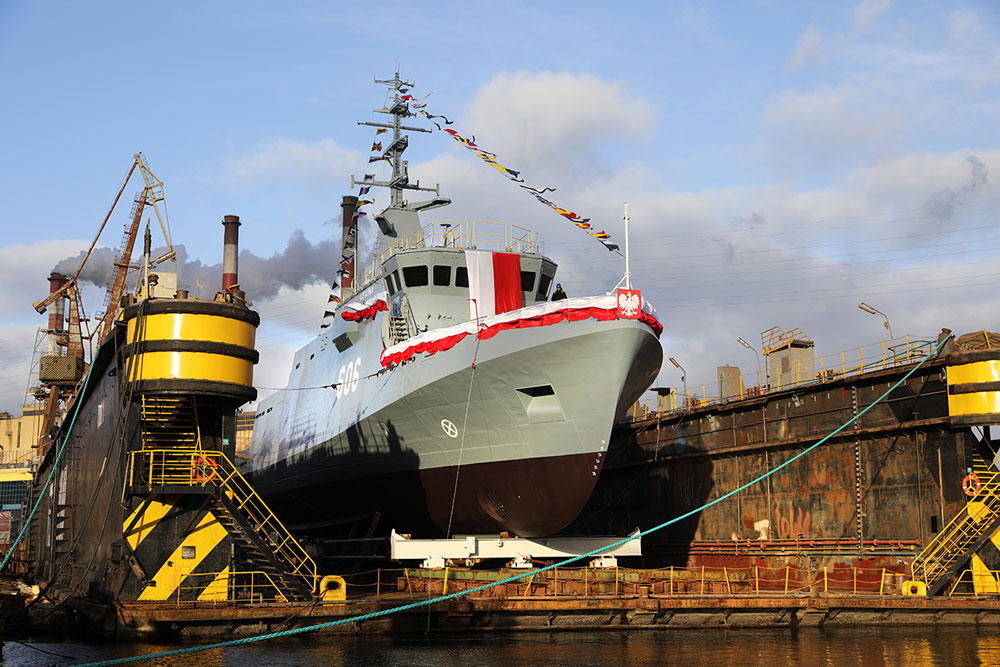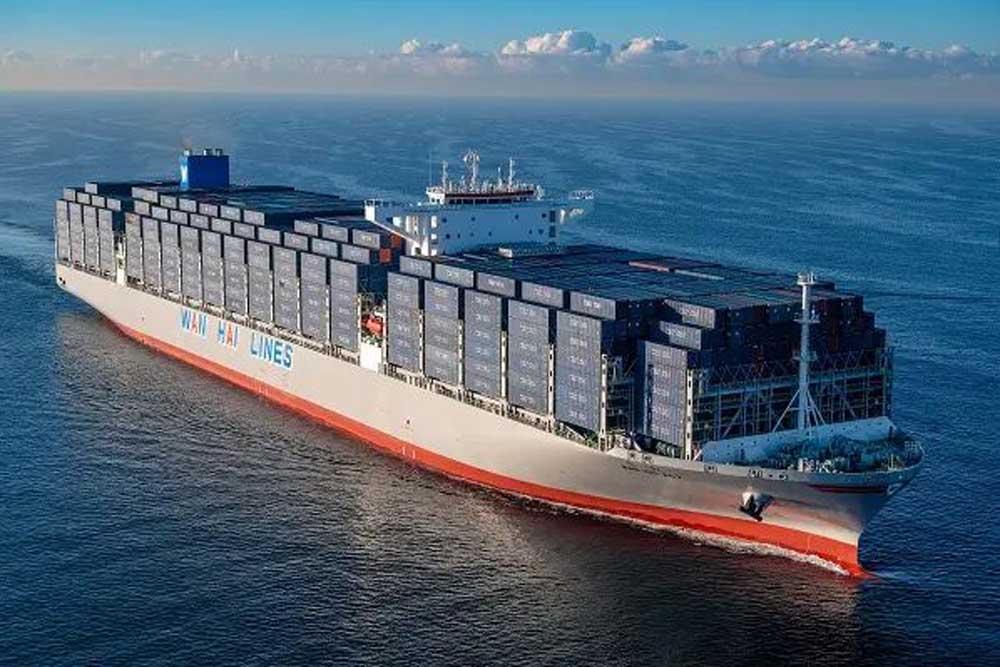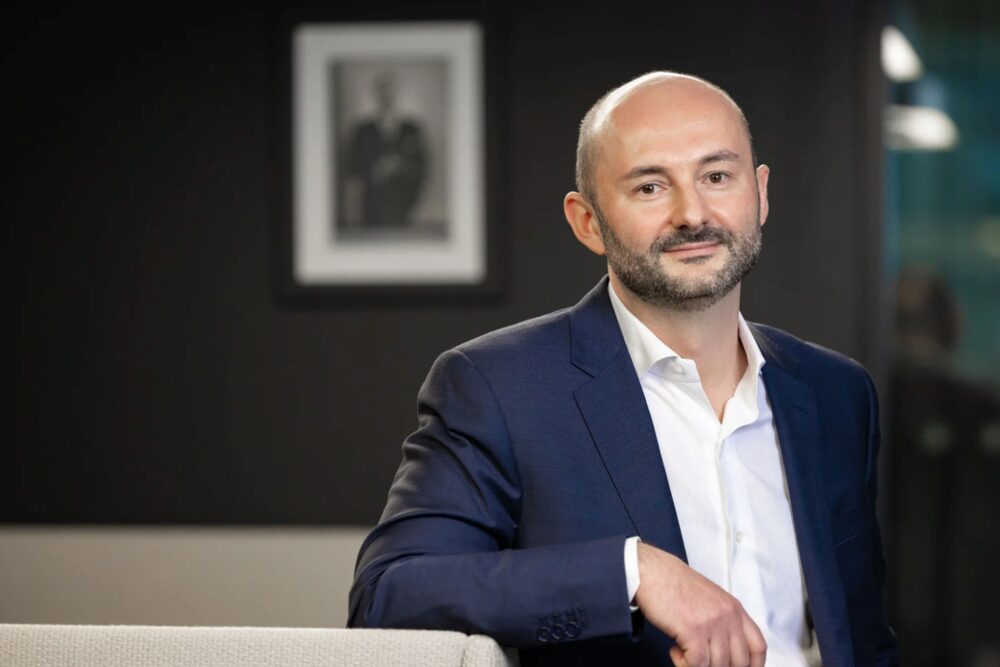The shipping company United European Car Carriers (UECC), which specialises in European shortsea transport, has taken delivery of its latest addition to the fleet, the “Blue Aspire”.
The joint venture between Wallenius Lines from Scandinavia and NYK from Japan has taken the 7,000-CEU carrier directly “ex shipyard” into charter.
The carrier was built by CIMC Raffles Offshore in China for Zodiac Maritime and will, in future, serve UECC’s European North-South trade network.
The 200-metre-long Pure Car and Truck Carrier (PCTC) has 12 cargo decks, including four lifting decks suitable for heavy cargo and a stern ramp with a capacity of 250 tons. The operational route – together with five other ships – runs between the Mediterranean and Northern Europe, calling at the Turkish ports of Yenikoy and Autoport, the German port of Cuxhaven and Zeebrugge in Belgium every 4-5 days.
“The deployment of the ‘Blue Aspire’ will greatly increase capacity and frequency on this busy trade route, while further improving the sustainability of the UECC fleet,” said Per Christian Mørk, COO of the company, which also recently placed its own newbuilding order in China.
The latest fleet expansion brings the number of vessels operated by UECC on the North-South network, which serves a total of 10 ports on two routes, to six, following the entry into service of the recently renamed “Auto Way”, which UECC co-owner Wallenius Lines acquired from Höegh Autoliners earlier this year.
Several new vessels for UECC
In addition, UECC’s owned and chartered fleet will grow to 15 PCTCs, including five dual and multi-fuel LNG vessels – three with battery hybrid capability – delivered in the last ten years, and two additional multi-fuel LNG newbuildings to be delivered in 2028, as well as options for two similar units.
In terms of the fleet, UECC intends to pay increasing attention to sustainability in order to meet vehicle manufacturers’ environmental targets, “against a backdrop of new green regulations – including FuelEU Maritime and the EU Emissions Trading Scheme – which provide a commercial incentive to reduce the cost of greenhouse gas emissions”.
“UECC is meeting this market demand with a green fleet designed to minimise the environmental footprint of ship operations by progressively reducing carbon intensity in line with regulations through the introduction of energy-efficient technologies and alternative fuels,” says COO Mørk.
Focus on liquefied biomethane
He emphasised that while LNG can reduce emissions by around 25% compared to conventional fossil fuels, the environmental performance of LNG-powered vessels such as the Blue Aspire can be significantly improved by switching to liquefied biomethane (LBM), which offers net-zero potential.
The shipping company is now increasingly using this fuel on its LNG PCTCs, having recently signed an LBM supply contract with Titan Clean Fuels, which is expected to reduce the total emissions of its fleet by 75,000 tons by 2025.








